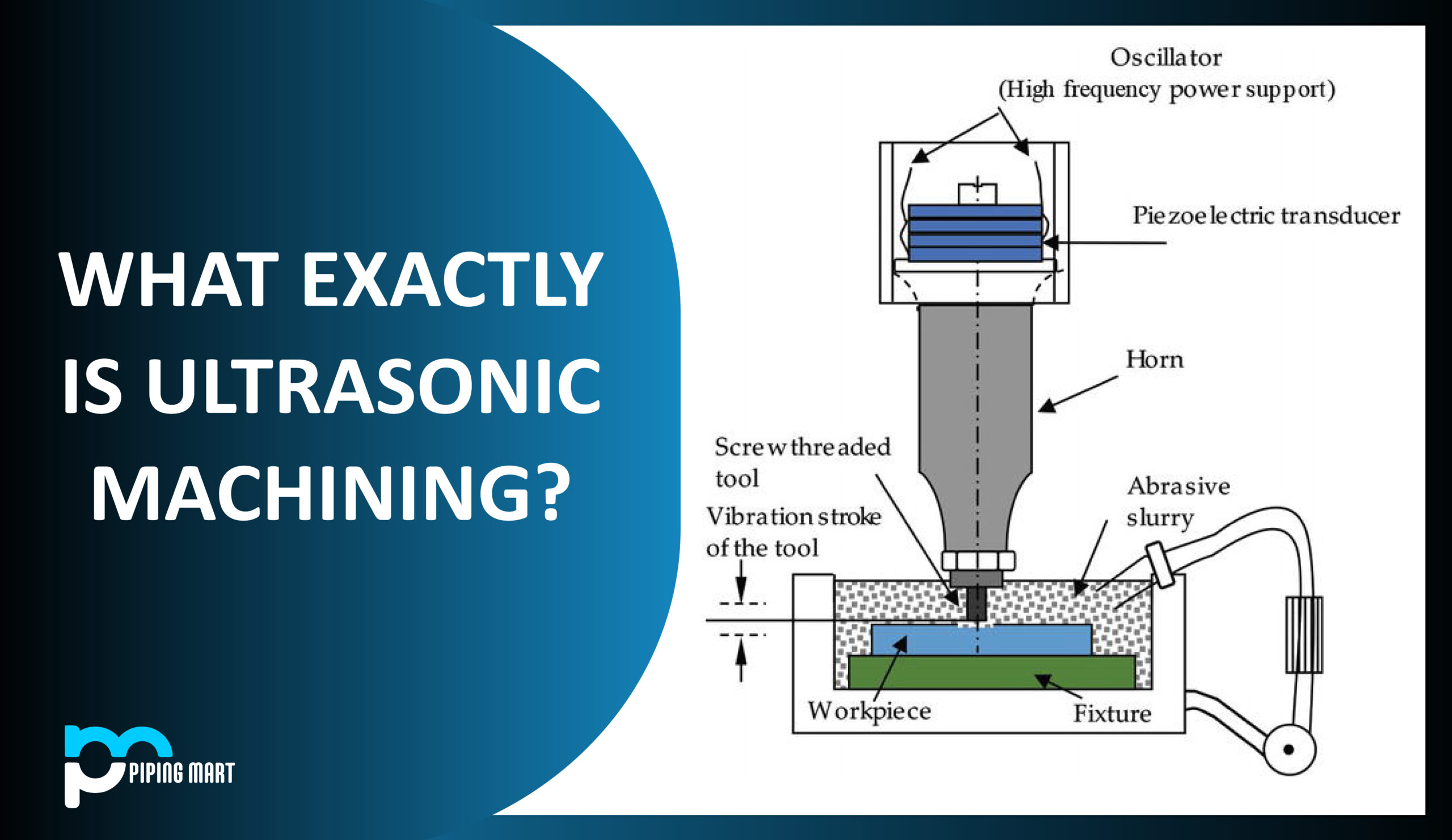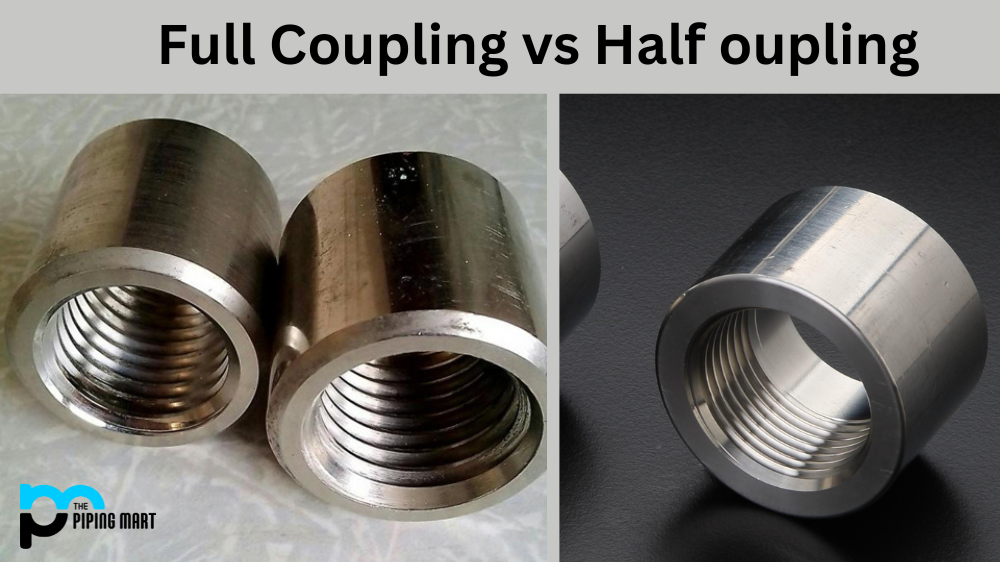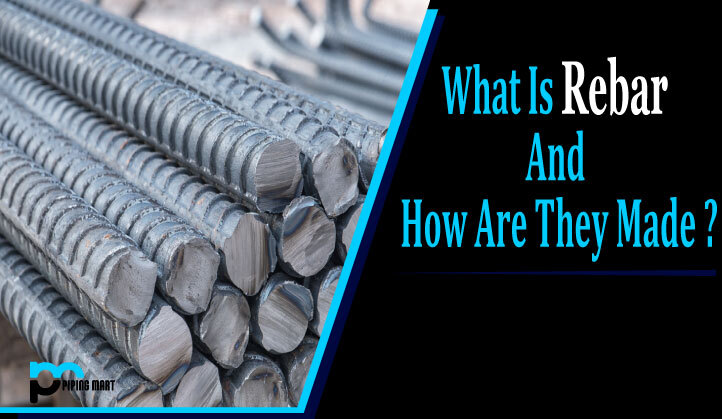Do you know what ultrasonic machining is? It is a manufacturing method that uses high-frequency vibrations and particles to remove material from a workpiece and is also referred to as ultrasonic vibration machining.
In essence, an ultrasonic tool generates many minute vibrations that gradually remove material from the workpiece it operates on. Please continue reading to learn more about ultrasonic machining and its functions.
How Does Ultrasonic Machining Work?
In a subtractive manufacturing method known as ultrasonic machining, small abrasive particles are present, and high-frequency, low-amplitude vibrations of a tool are used to remove material from a part’s surface. At amplitudes of 0.05 to 0.125 mm, the tool moves vertically or orthogonally to the part’s surface (0.002 to 0.005 in.).
The water and fine abrasive grains are combined to create a slurry, which is then applied to the part and the tool’s tip. Smaller grains (higher grain number) give finer surface finishes, with the typical grain size of the abrasive substance being between 100 and 1000.
Due to the physics of microcracking, ultrasonic vibration machining is generally applied to brittle materials and materials with high hardness.
In ultrasonic machining, vibrations from the tool propel microscopic particles in the direction of the workpiece. Typically, a slurry is made by combining the particles with water or other liquids.
These particles are accelerated quickly toward the surface of the workpiece when the ultrasonic tool is turned on. The particles’ abrasiveness aids in removing material from the workpiece’s surface.
The Process of Ultrasonic Machining
In contrast to the workpiece, the machine’s tool for cutting materials is made of a soft material. Typically, mild steel and nickel are used to make the tool. The liquid abrasive slurry, which comprises abrasive grains and particles, is introduced when the tool vibrates.
The abrasive slurry is added until the workpieces come into contact with the grains. Due to the liquid particles introduced, the workpiece’s brittleness abrades the surface as the tool gradually deforms.
Ultrasonic Machining’s Operating Principle
The frequency of the vibrating tool has a complete bearing on how long you use the ultrasonic machine. Additionally, it is influenced by the stiffness, viscosity, and particle size of the abrasive slurry.
Because they are stiffer than other grains, the abrasive fluid typically contains boron or silicon carbide grains. If the slurry fluid has a lower viscosity, the used abrasive can be removed more easily.
Types of Ultrasonic Machining
- Rotary Ultrasonic Vibration Machining
The vertically oscillating tool in rotary ultrasonic vibration machining (RUM) can turn around its vertical centerline. The tool’s surface is impregnated with diamonds, which grind down the surface of the part as opposed to utilizing an abrasive slurry to remove material.
Advanced ceramics and alloys like glass, quartz, structural ceramics, Ti-alloys, alumina, and silicon carbide are particularly well suited for machining on rotary ultrasonic machines. A high degree of precision is achieved while producing deep holes with rotary ultrasonic equipment.
An intensive amount of research is still being done on the relatively new manufacturing technique known as rotary ultrasonic vibration machining. Researchers are currently working to scale down this process to the micron level and make the machine run more like a milling machine.
- Chemical-Assisted Ultrasonic Vibration Machining
A chemically reactive abrasive fluid is used in chemical-assisted ultrasonic machining (CUSM) to enable better machining of glass and ceramic materials. Compared to conventional ultrasonic machining, machining properties like material removal rate and surface quality can be significantly enhanced using an acidic solution, such as hydrofluoric acid.
Although CUSM reduces machining time and surface roughness, the entrance profile diameter is slightly larger than usual because of the new slurry’s increased chemical reactivity. The acid content of the slurry must be carefully chosen to ensure user safety and a high-quality product to reduce the degree of this expansion.
The Applications of Ultrasonic Machining
- Creating intricately shaped objects with extreme precision.
- Drilling any circular hole
- The fragile materials being ground
- The holes’ profiles
- Engraving
- Coining and trepanning
- Threading
- Cutting and piercing rigid materials
- Glass and ceramics machining
- Tungsten is being machined into exact crystal stones
- Manufacturing of micro-structured glass wafers and other components, Micro-electro-mechanical systems can be done precisely with this.
- To achieve the necessary forms, the diamond is sliced.
The Benefits of Ultrasonic Machining
Numerous manufacturing techniques exist that can remove material from workpieces, but they are usually only used on objects constructed of sturdy and long-lasting materials. However, ultrasonic machining stands out due to its capacity to remove material from almost all workpiece types, including those made of hard and brittle materials.
Ultrasonic machining can change a workpiece’s physical dimensions, whether it is made of glass, ceramic, or even quartz.
Workpiece heating is not required for ultrasonic machining. This machining technique can safely modify a workpiece sensitive to heat changes. The temperature of the workpiece won’t change during ultrasonic machining. In other words, neither heating nor cooling the workpiece is necessary during the operation.
Additionally, ultrasonic machining offers superior tolerance compared to many other machining techniques. Compared to other machining techniques, it can modify workpieces with tight tolerances.
The drawbacks of ultrasonic machining
On the other hand, ultrasonic machining has a few drawbacks, one of which is a slower-than-usual material removal rate. It doesn’t remove material from workpieces very quickly.
Contrarily, it takes longer than the majority of other machining techniques. Ultrasonic machining might not be the best option for manufacturing organizations looking for techniques for mass output.
Due to the slower-than-average material removal rate, deep holes cannot be used with ultrasonic machining. Before using an ultrasonic machining tool, manufacturing businesses frequently drill holes into workpieces. However, the slurry won’t be able to fill a gap that is too deep.

Pipingmart is B2B portal specializes in industrial, metal and piping products. Also, share latest information and news related to products, materials and different types grades to help business dealing in this industry.




